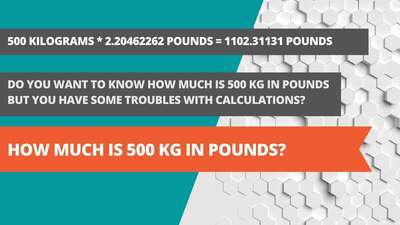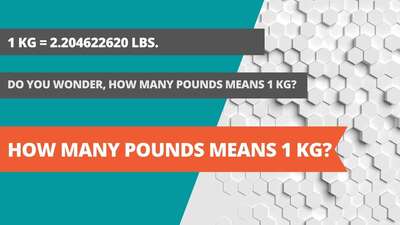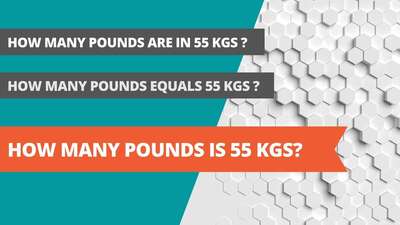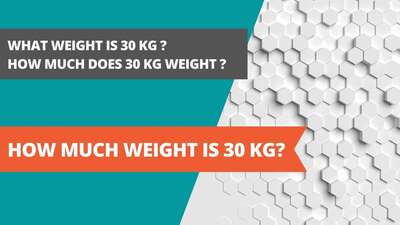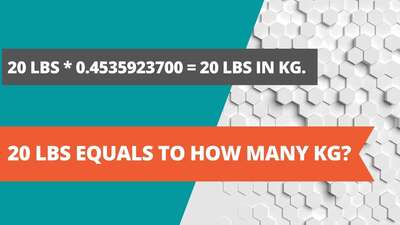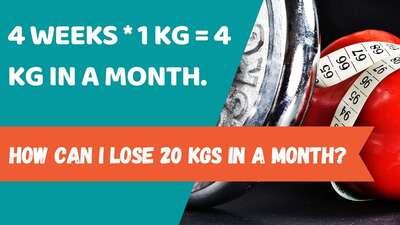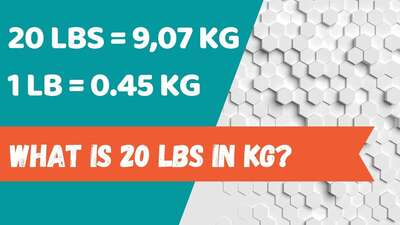What is kilogram? Origin and use of such a unit.
A kilogram which is symbolically transcribed as kg is the base mass unit in the International System of Units (commonly known as SI). The unit is widely known and used in science, engineering, and commerce worldwide. People rather use the shortened version of the word in their everyday speech kilo.
The name for kilograms was derived from the French word “kilogram”. The kilogram is the only SI unit that has own SI prefix. It is equal to approximately 2.2 pounds (lbs). It means that when you lift 5 pounds it is approximately 2 kilos.
In 1795, the kilogram was defined as the mass of one liter of water. But unfortunately, it was very hard to use in practice. Then, in 1799, the kilogram became the standard of the unit of mass for the metric system.
In the nineteenth century kilo which was a French phrase, a shorter form of word kilogram, was moved into the English dialect where it has been used to mean not only a kilogram but also a kilometer. While the form kilo was acceptable as an alternative, for example for The Economists, the Canadian government's Termium Plus device states that "SI (International System of Units) usage, followed in scientific and technical writing" does not allow its utilization and its miles described as "a common informal name" on Russ Rowlett's Dictionary of Units of Measurement. When the US Congress gave the metric machine legal repute in 1866 it allowed utilizing the word kilo as an elective to express the word kilogram, but anyway, in 1990 revoked the reputation of the phrase kilo.
Now, the kilogram is defined in terms of the second and the metre, based on fundamental constants of nature.
The kilogram is defined in terms of three basic physical consonants:
- the speed of light transcribed as C
- the specific atomic transition frequency transcribed as ΔνCs
- the Planck constant with a symbol h
The formal definition of a kilogramme is as following:
The kilogram, symbol kg, is the SI unit of mass. It is defined by taking the fixed numerical value of the Planck constant h to be 6.62607015×10−34 when expressed in the unit J⋅s, which is equal to kg⋅m2⋅s−1, where the metre and the second are defined in terms of c and ΔνCs.[3
A new definition of the kilogram was presented in 2019 because of Planck’s constant. It changes the definition of the second Prior to the current definition. Planck’s constant is defined as equal to 6.62607015 × 10−34 joule second. One joule is equal to one-kilogram times meter squared per second squared. Since the meter and the second were already defined in terms of light speed and a spectral line of cesium frequency, accordingly, the kilogram should then be intended by Planck’s constant accurate measurements.
What is the pound ? Origin and use of such a unit.
The origin of such a unit is descended from the Romand word “libra”. The English word “pound” is cognate from German word Pfund, Duch pond and Swedish pund. All these words came from the Latin expression libra pondo which means “the weight measured in libra”.
A pound which is symbolically transcribed as lb (sometimes you can find lbm symbol) is also unit of mass. Such a unit was used in the US customary and other measurement systems. It is commonly known as almost half of a kilogram. The exact value of the pound is 0,45359237 kilograms.
The pound is mostly used in the United States. The use of such a unit was implemented in 1963 by the force of the Weights and Measures Act. An avoirdupois pound is equal to 16 avoirdupois ounces which is the same as 7000 grains.
Originally derived from the Roman libra, the definition varied throughout the European nation within the Middle Ages and onward. The measures and weights of the dynasty autarchy were reformed in 1761 by Empress Maria Theresia of the European nation. The outstandingly serious dynasty (civil) pound of sixteen ounces was later outlined in terms of 560.012 grams. Then, Bavarian reforms in 1809 and 1811 and adopted an equivalent of a customary pound. In Prussia, a reform in 1816 outlined an even civil pound in terms of the Prussian foot and water, leading to a Prussian pound of 467.711 grams.
Between 1803 and 1815, all German regions west of the stream Rhine were French, organized within the departments: Roer, Sarre, Rhin-et-Moselle, and Mont-Tonnerre. As a result of the Congress of Vienna, these became a part of numerous German states. However, several of those regions preserved the system of weights and measures and adopted a metric pound of exactly five hundred grams. In 1854, the pound of five hundred grams additionally became the official mass commonplace of the German union, however native pounds continued to co-exist with the Zollverein pound for a few time in some German states. Nowadays, the term Pfund continues to be in common use and universally refers to a pound of five hundred grams.
The most common association of the pound is connected with kilograms. It is because people all around the world sometimes have to face the calculation of these units when they meet the United States or the country where the pound is the main mass unit. Such a unit is used in stores, gym or even in the hospitals. Basically, you will need knowledge about this unit in everyday life. Try to always remember the exact value of the pound, otherwise, you might face problems in some situations. Also, remember that on the internet you can find a tool called weight converter. It is responsible for weight conversion. The weight converter calculator will count everything for you. Below I will show you how fast and easy it is!
Kg to lbs converter – what is it and how it works?
Kg to lbs converter is a very smart and convenient system of formulas that is able to convert any value of kilograms to pounds and another way around. The basic idea of such a solution is to make people’s life easier and do not bother them with hard calculations. Sometimes you will need an option for kg to lbs to convert for example when you are in the gym, and you do not know how many kilograms you are actually lifting. The kg to lbs conversion is possible via implemented in the code formulas which are able to count basically every value given by a particular person. Sometimes such a solution can be found in new mobile phones or smartwatches. Also, new scales have the same possibility. All you have to do is to switch the right option implemented in the scale. It is very handy when you need to convert kg to lbs and you do not have time to search for a formula or simply do not remember the specific values.
In order to convert a kilogram measurement to a pound measurement, you have to multiply the weight by the conversion ratio. The same situation happens in the formula implemented on the site or program. One kilo is equal to 2.204623 pounds, so it is very easy to use the formula and convert the values.
Let’s take 10 kilograms and try to convert it into pounds. Here is the easiest kg to lbs formula you can use in order to obtain the result: 10 kilograms x the basic value of pound (in this case 2.204623) = 22,04623
It looks easy but without a calculator, it would be hard to get exact results. You can find kg to lbs calculator on the internet but it is better to use mass to weight converter located on our site howkgtolbs.com It will convert kg to lbs and you will save your time on looking a formula for kg to lbs. The weight converter kg to lbs is the perfect solution for people who seek fast calculation from kg to lbs. Bellow, I will show you a kg to lbs chart which will help you to establish the right results in our weight converter online.

